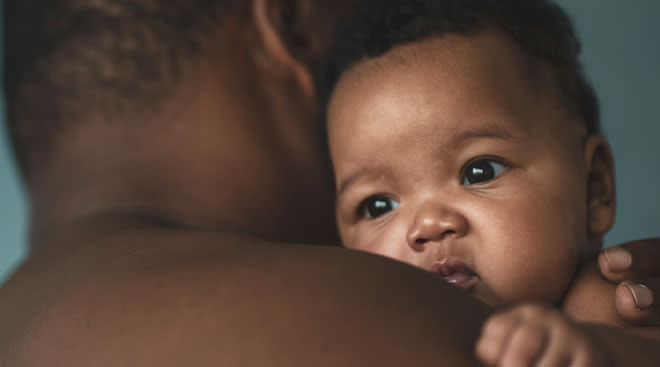Baby’s sight will start to solidify in the first three months of life. But have you ever wondered when they’ll start to understand their observations in the way adults do? Now one study is helping to find the answers.
Scientists at the Institut des Sciences Cognitives Marc Jeannerod in France looked at 100 babies aged between 4 and 19 months old. The researchers observed and analyzed the babies’ eye movements and how long they looked at pictures of animate or inanimate objects from eight categories (i.e. human faces, natural objects, artificial objects, etc.). They also compared the babies’ eye motion to adults’ brain activity with fMRIs. This helped them find a relationship between how the babies observed and how they began to organize their observations in the way adults did.
The study found that at 4 months old, the babies were able to differentiate between animate and inanimate objects. According to the researchers, the babies were able to tell that a human and crocodile were both more similar than they would be to a tree. Between 10 to 19 months, the babies were able to organize the different objects into categories in a similar way to adults. For example, they were able to recognize and categorize objects based on features, even if it was something they had never seen before.
The findings are exciting, but this is a small study and more research is likely needed. However, the study shows that humans are born with a predisposed neural organization system that helps with survival and allows us to better understand the world around us. Even babies can start to inpret and organize what they see in a cognitive way similar to adults.
